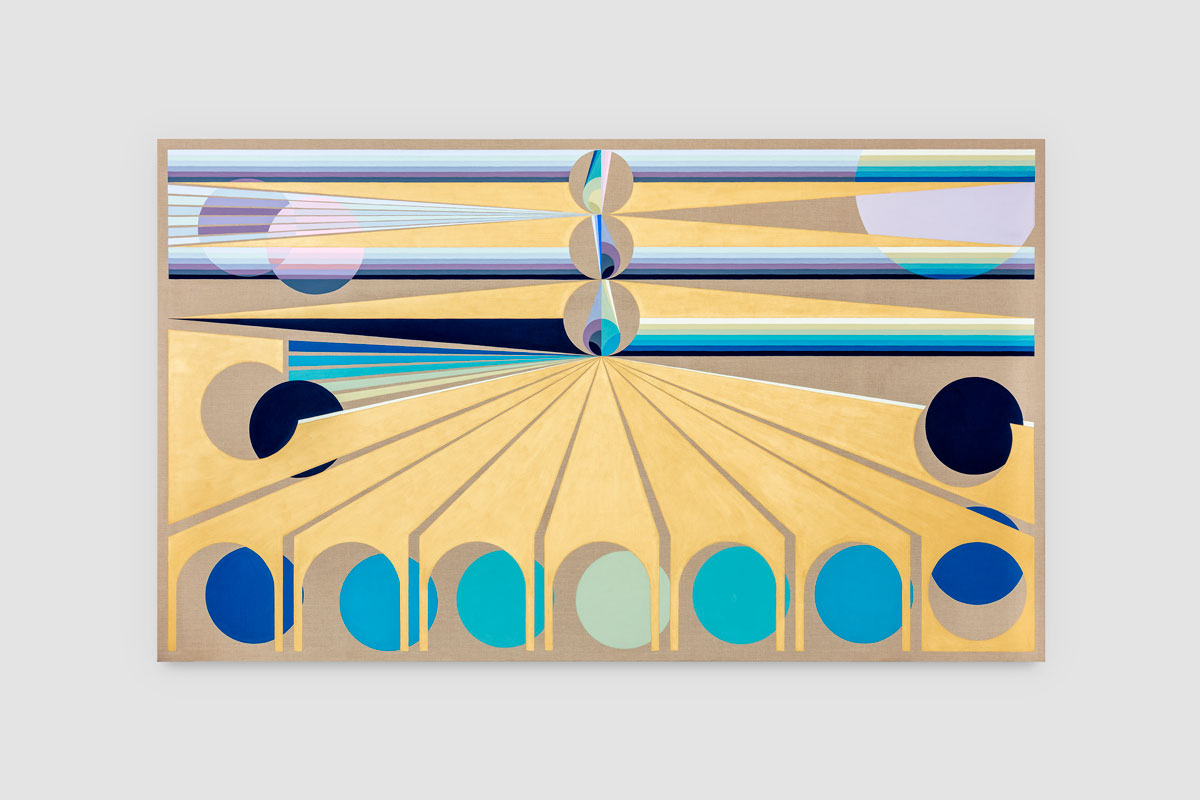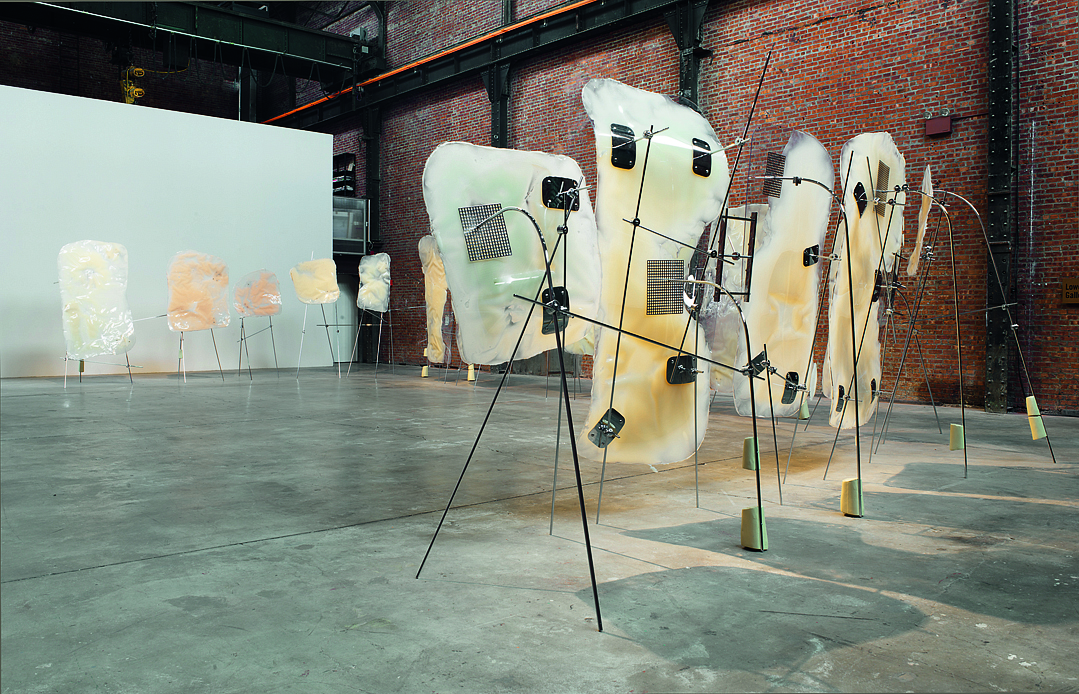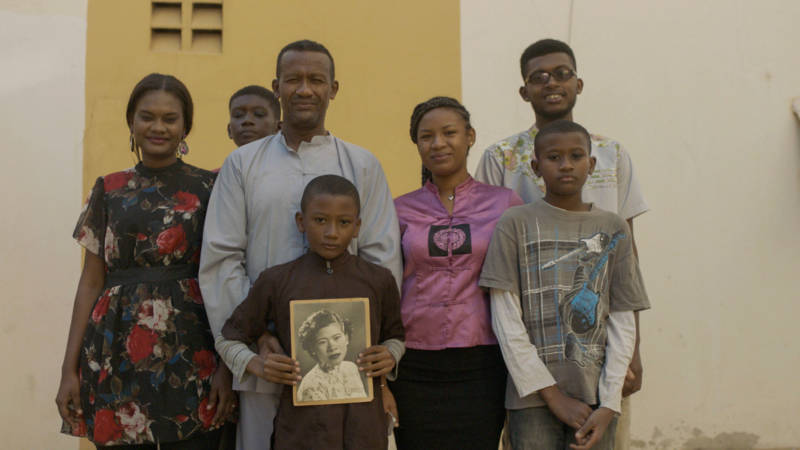Listening to 17 of the 20 artists in SOFT POWER talk briefly about their contributions to the expansive group show, I realized how rare it was to hear quite so many living artists talk about their work in the San Francisco Museum of Modern Art.
SOFT POWER is a departure in many ways from business as usual at SFMOMA: it’s the first show from the museum’s new contemporary curator, Eungie Joo; the 20 artists (all of them under 50) work in 12 different countries; and a large portion of the show is new commissions. Suffice to say, SOFT POWER cannot be mistaken for the Fisher Collection.
Organized around the concept of artists as civically engaged actors—people who use their platforms to either engage directly in social, political and environmental concerns or highlight those issues in their work—SOFT POWER emphasizes just that: art’s quiet ability to carry ideas around the world.

This framework is loose enough, and broad enough, to encompass a variety of subject matter, means of presentation and tone. (In the realm of institutional critique, none of the SOFT POWER artists take aim at their hosting institution, though Tanya Lukin Linklater does present sewing bags from the collection of the Phoebe A. Hearst Museum of Anthropology at UC Berkeley.) And while many of the works touch on systemic abuses of power, large-scale injustices and Generally Bad Things (both past and present), well-placed moments of levity and sublime beauty keep SOFT POWER from being too much of a downer. It helps, in part, that the artists’ engagement with worldly issues is contagious and energizing. Things are bad, but there is still art.
Installed on both the fourth and seventh floors of the museum, the show flows through a mostly open floor plan, with just video works and a few installations getting their own enclosed spaces. As a result, visual affinities abound: Eamon Ore-Giron’s large-scale geometric paintings alongside the functional curves and angles of Duane Linklater’s linen canvases, cut and sewn into the shape of teepee covers; the tones in Xaveira Simmons’ paintings (borrowed from Jacob Lawrence’s Migration Series) opposite the colored Plexiglas in Dave McKenzie’s sculptures.
Some pieces get ample space (Nairy Baghramian’s stunning Retainer arcs widely on the seventh floor), others feel a bit more packed in (like Haig Aivazian’s sculptural installation, which includes a working fountain and a lot of pink leather), and several artists’ works span both floors. In Minerva Cuevas’ case, a fourth-floor installation documenting a performance crossing the Rio Grande is so physically and stylistically removed from The discovery of invisible nature, a floor-to-ceiling mural upstairs, the artist’s name on the wall text prompts a double take.

Befitting a show of artists with far flung home bases and often-nomadic practices, many of the artworks exist beyond the material objects on display in SFMOMA’s galleries. Carlos Motta’s We Got Each Other’s Back, an ongoing series portraying the lives and work of undocumented queer artists and activists, includes a two-day symposium at UC Santa Cruz and SFMOMA. Pratchaya Phintong’s Spoon is a lead and tin sculpture made of melted-down bombs cleared from farmland in Napia Villiage, Laos, but it is also an editioned object for sale in the museum’s store, with proceeds going to families in Laos.
And what about that aforementioned levity? On the fourth floor, one such moment comes from McKenzie’s LB, an elegantly arranged tabletop sculpture that includes a stack of Taxes for Dummies books, a reference to a similar stack seen in the artist Louise Bourgeois’ New York home and studio. For both McKenzie and viewers, the somewhat tickling question is, “Did Louise Bourgeois do her own taxes?” And then, McKenzie prods, “Why not?” Who are we to make assumptions about a person simply based on their age, social standing or presumed skill set?
Hassan Khan provides similar moments of more playful contemplation in two pieces: Jewel, a video of two men dancing concentratedly to the pulsing beat of Shaabi music (a genre popular in Cairo); and The Infinite Hip-Hop Song, an algorithmically aided installation of headphones playing endlessly evolving hip-hop songs. While I don’t fully understand what’s happening behind the wall for the latter piece, emphatic sentences rendered in vinyl above the listening stations try to explain this man-and-machine musical collaboration: “Images from a collective landscape! A global portrait! A time in rhyme!” It’s delightfully strange.

The last piece many will see in the exhibition is also the one I urge everyone to watch in its entirety. Tuan Andrew Nguyen’s four-channel video The Specter of Ancestors Becoming depicts narratives devised in collaboration with members of the Vietnamese community in Senegal, adults whose parents or grandparents served in the West African colonial forces and fought alongside the French in 1940s Vietnam. After the French defeat in 1954, many of these soldiers brought their Vietnamese wives or just their children back to Senegal with them, sometimes obscuring their children’s true heritage. In heart-wrenching vignettes, the camera captures both imagined conversations acted out by performers and real-life contemporary sequences with the descendants of this complicated colonial legacy.
Nguyen’s work, its cinematic pacing, and the fact that it revisits events that took place over half a century ago, is a reminder that art’s “soft power” lies not just in its ability to effect future change, but in its capacity to look back and steadily make sense of the past.
In the upcoming American election year, the impulse within progressive circles will be to match the speed of the public’s vacillating attention with panic, immediacy and narrow, reactive thinking. In contrast, the artists of SOFT POWER model a different tack: zooming out to a global scale, addressing geologic time frames, the formation of nations and empires, and lessons from ancient ancestors. These displays of true engagement, and the connections visible across different artists’ practices provide SFMOMA’s visitors with not just information, but practical methodologies for exerting their own soft power, should they choose to accept the challenge.

‘SOFT POWER’ is on view at the San Francisco Museum of Modern Art Oct. 26, 2019–Feb. 17, 2020. Details here.


